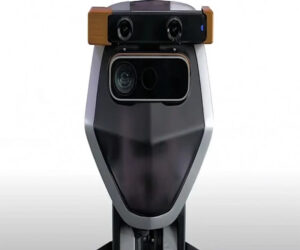As evidenced by the Palawa oral traditions of the Tasmanian Aboriginals and the Chauvet cave drawings in Southern France, storytelling has been an integral part of our humanity for tens of thousands of years. Wired for Story author Lisa Kron stated, “Story, as it turns out, was crucial to our evolution—more so than opposable thumbs. Opposable thumbs let us hang on; story told us what to hang on to.”
And yet, in business settings, it had been mainly relegated to the water cooler or lunchroom—not the boardroom. However, its transformative potential caught the attention of insightful leaders like Apple founder Steve Jobs. In 1994, he is quoted as saying, “The most powerful person in the world is the storyteller. The storyteller sets the vision, values, and agenda of an entire generation that is to come.”
Today, organizations are increasingly recognizing the importance of storytelling in business. Whether stories are used to communicate a strategic vision, core values, or the results of a new initiative, they help leaders to connect with others on an emotional level. It’s hard to ignore its potency as a communication tool. Telling a story can transport an audience and make your information more engaging, memorable, and persuasive.
Two significant shifts are impacting storytelling in business. First, as organizations amass greater amounts of data, it’s becoming an increasingly common component in most communications. However, making sense of the numbers, finding actionable insights, and communicating them effectively can be difficult. As companies stockpile more and more data, their data investments won’t generate adequate returns if insights aren’t being used to enhance decisionmaking. Data storytelling helps companies unlock this potential by skillfully combining data, narrative and visuals into compelling data stories that inform decisions and drive positive change.
Source: Forbes




